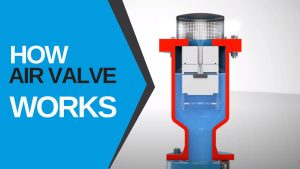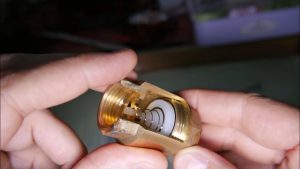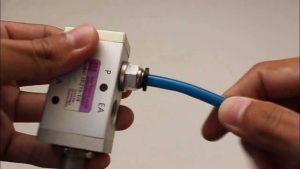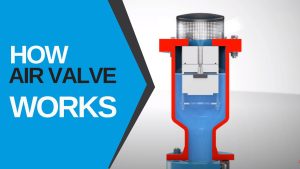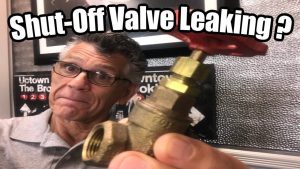The balance valve is a regulating valve with a special function of digital locking. It adopts a direct-flow valve body structure and has a better equal percentage flow characteristic. It can distribute the flow reasonably and effectively solve the room temperature in the heating (air conditioning) system. Uneven hot and cold problems. How does a balancing valve work? You may not know this question very well, so let’s find the answer.
The principle of the balancing valve is anti-regulation in the valve body.
When the pressure at the inlet increases, the diameter is automatically reduced to reduce the change in flow, and vice versa. If the connection is reversed, the adjustment system will not work. Moreover, the regulating valve is directional, and the reverse pressure can reduce or even close the flow. The balancing valve belongs to the category of regulating valve. Its working principle is to change the flow resistance of the fluid flowing through the valve by changing the gap between the valve core and the valve seat (ie, opening) to achieve the purpose of adjusting the flow rate.
The valve of the balancing valve is equipped with an opening degree indicator, an opening locking device and a small pressure measuring valve for flow measurement. As long as the balancing valve of the appropriate specification is installed in each branch and the user inlet, and a special intelligent instrument is used for one-time debugging and then lock them, control the total water volume of the system within a reasonable range, thereby overcoming the unreasonable phenomenon of “large flow, small temperature difference”. The balancing valve can be installed on the water supply pipe or the return pipe. Generally, it should be installed on the return pipe, especially for high-temperature loops. To facilitate debugging, it should be installed on the return pipe. The water supply (return) pipe installed with the balancing valve does not need to be equipped with a stop valve.






